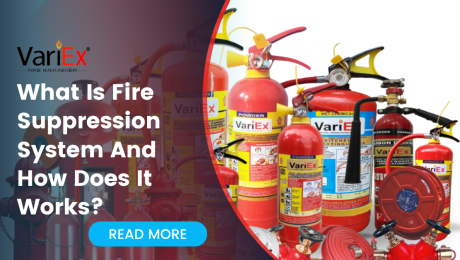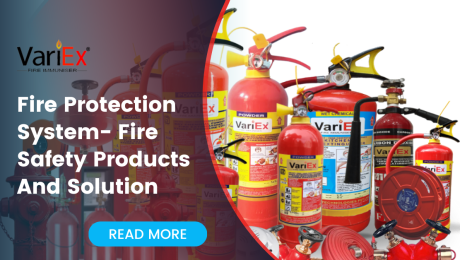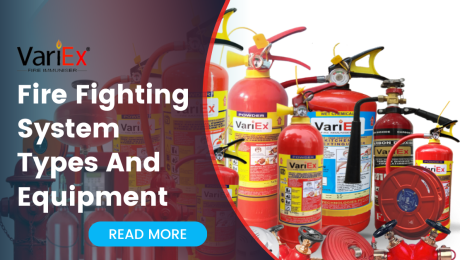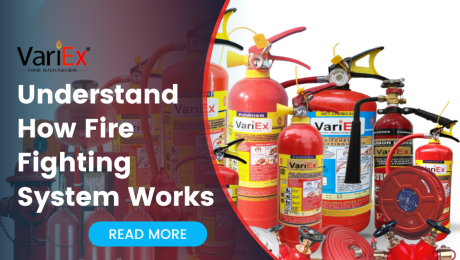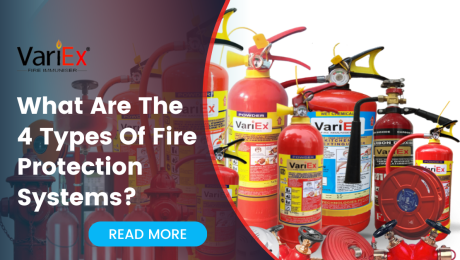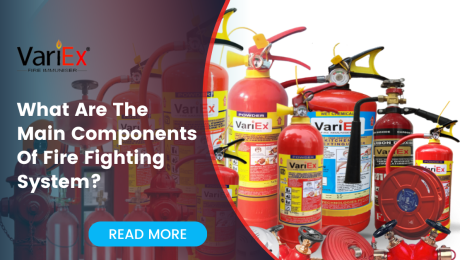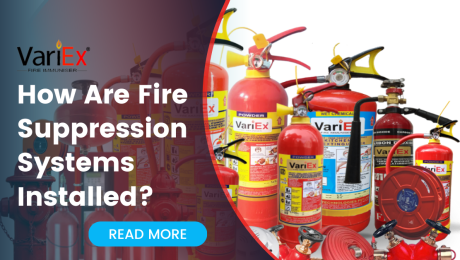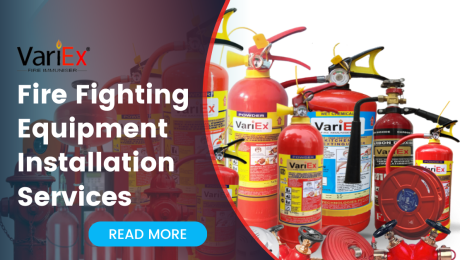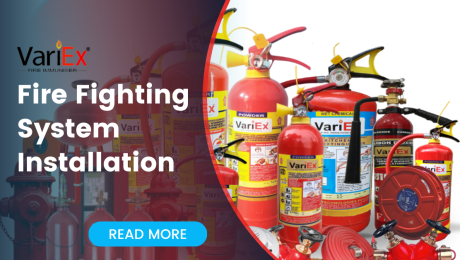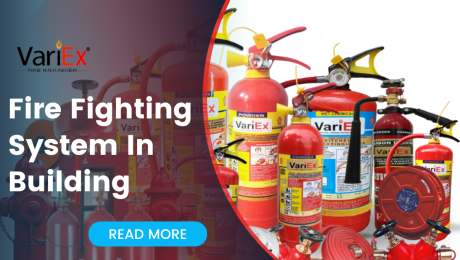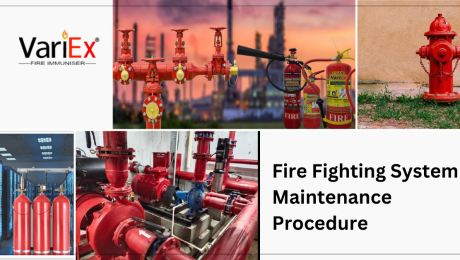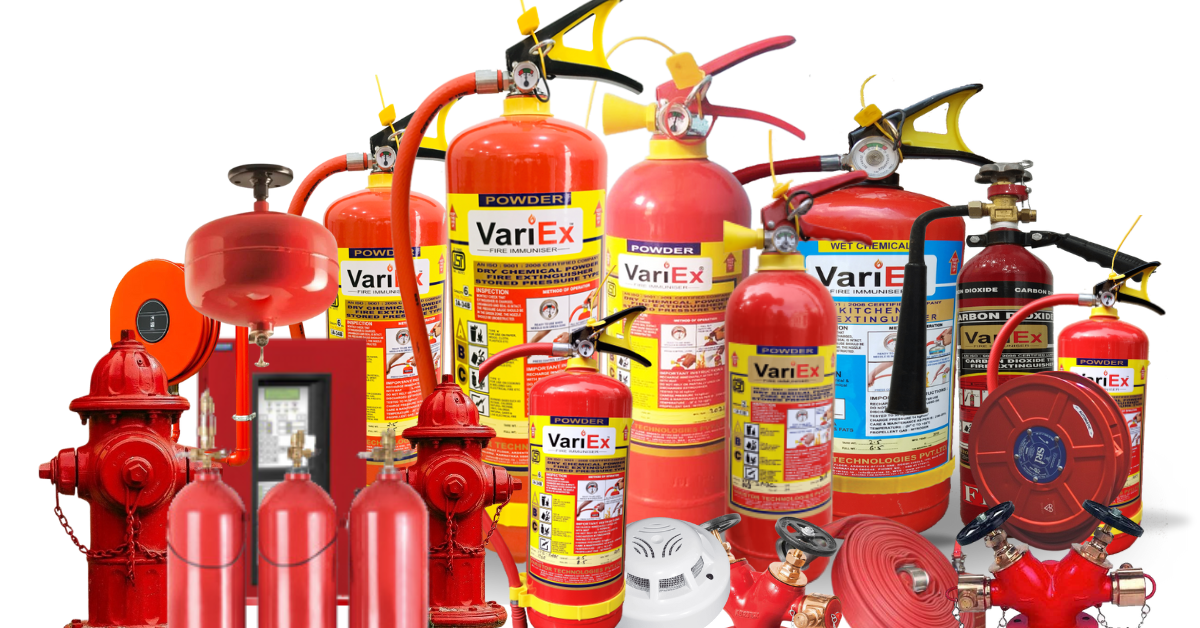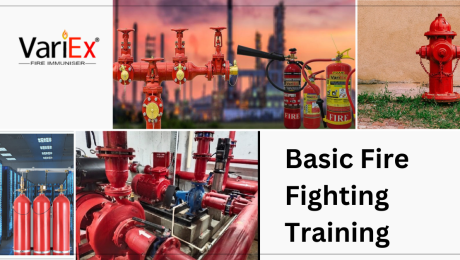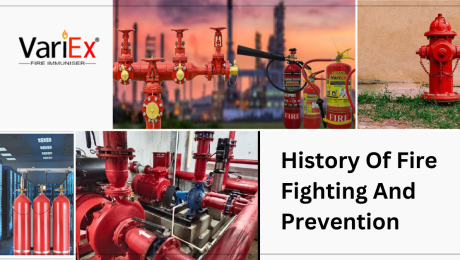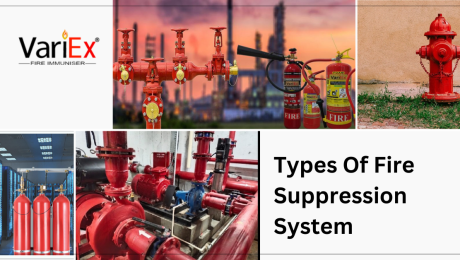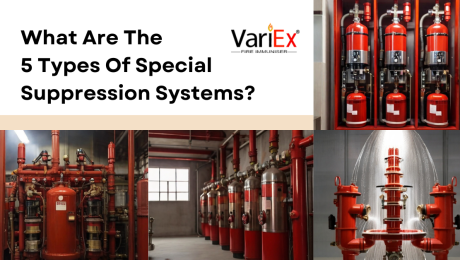Fire suppression system play a crucial role in fire safety infrastructure in buildings. They encompass various methods and technologies designed to extinguish or control fires, preventing their spread and minimizing damage. These systems include active measures such as fire sprinklers, fire extinguishers, and foam suppression systems, as well as passive features like fire-resistant materials and compartmentation. Building owners and occupants can significantly enhance fire safety by investing in robust fire suppression systems tailored to specific building layouts, occupancy types, and fire hazards. Regular maintenance, inspections, and testing ensure the reliability and effectiveness of these systems. Effective fire suppression systems actively create a safer environment for everyone in residential, commercial, and industrial buildings, minimizing the potential impact of fires on lives and property.
What Is Fire Suppression System And How Does It Works?
- Published in Fire Fighting System
Fire Protection System- Fire Safety Products And Solution
- Published in Fire Fighting System
Fire Fighting System Types And Equipment
- Published in Fire Fighting System
Understand How Fire Fighting System Works
- Published in Fire Extinguisher, Fire Fighting System, Fire Safety Equipment
What Are The 4 Types Of Fire Protection Systems?
What Are The Main Components Of Fire Fighting System?
How Are Fire Suppression Systems Installed?
- Published in Fire Fighting System
Fire Fighting Equipment Installation Services
- Published in Fire Fighting System
Fire Fighting System Installation
- Published in Fire Fighting System
Fire Fighting System In Building
- Published in Fire Fighting System
Fire Fighting System Maintenance Procedure
Regular maintenance of fire fighting systems is essential to ensure their continued functionality and reliability in the event of a fire emergency. This guide outlines the key procedures involved in maintaining fire suppression systems to mitigate risks and protect lives and property.
1. Scheduled Inspections:
- Conduct scheduled inspections of all components of the fire fighting system, including control panels, piping, nozzles, detectors, fire alarms system, and fire extinguishers.
- Inspections should be performed by qualified technicians according to manufacturer guidelines and regulatory requirements.
2. Functional Testing:
- Perform functional tests of the entire fire fighting system to verify proper operation and response.
- Test alarms, detectors, and suppression equipment to ensure they activate as intended.
- Simulate fire scenarios to assess the system’s effectiveness in detecting and suppressing fires.
3. Inspection of Components:
- Inspect piping, valves, and nozzles for signs of corrosion, leaks, or damage.
- Check detectors and alarms for proper positioning, cleanliness, and functionality.
- Verify that control panels and electrical connections are secure and free from defects.
Basic Fire Fighting Training
- Published in Fire Fighting System
History Of Fire Fighting And Prevention
Fire has been both a friend and foe to humanity throughout history. While it has provided warmth, light, and the ability to cook food, it has also posed significant risks to life and property. The history of fire fighting and prevention is a testament to humanity’s ingenuity and resilience in the face of this formidable adversary. In this article, we’ll journey through time to explore the evolution of fire fighting and prevention techniques, from ancient civilizations to modern innovations.
- Published in Fire Fighting System
Types Of Fire Suppression Systems
- Published in Fire Fighting System
What Are The 5 Types Of Special Suppression Systems?
There are five key types of special suppression systems that are commonly used in various industries and settings. The first type is the foam suppression system, which utilizes foam agents to suppress fires by smothering the flames and preventing oxygen from reaching them. The second type is the carbon dioxide suppression system, which works by displacing the oxygen in the air, effectively starving the fire. The third type is the clean agent suppression system, which uses special gases, such as halon or FM-200, to extinguish fires without leaving any residue behind. The fourth type is the water mist suppression system, which releases a fine mist of water droplets that cool down the fire and prevent it from spreading. Lastly, the dry chemical suppression system utilizes dry chemicals, like potassium bicarbonate or monoammonium phosphate, to interrupt the chemical reaction of the fire. Each of these suppression systems provides unique advantages and is designed to effectively combat different types of fires.
- Published in Fire Fighting System


